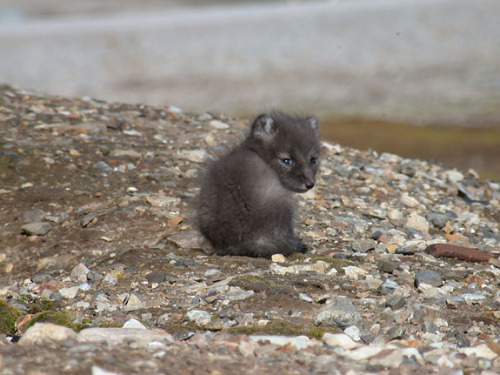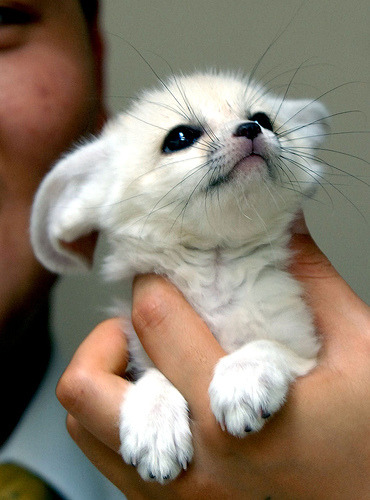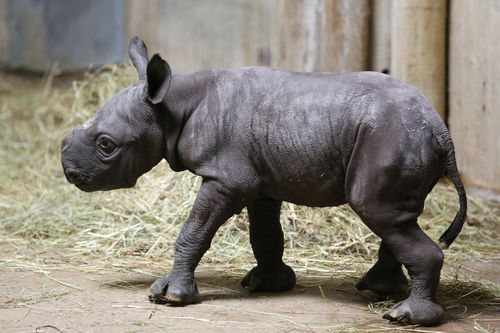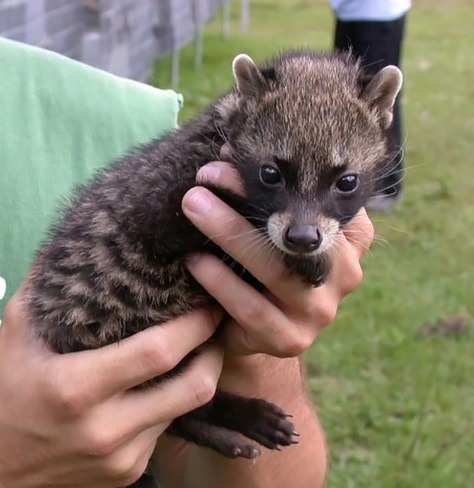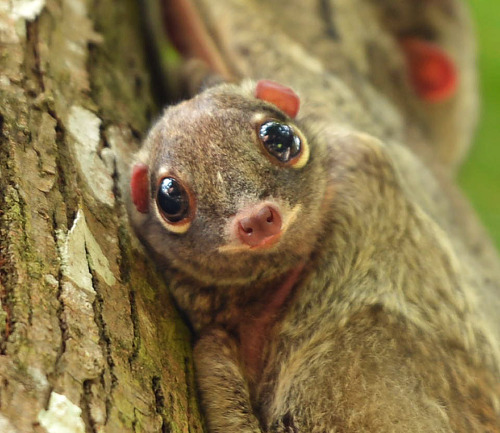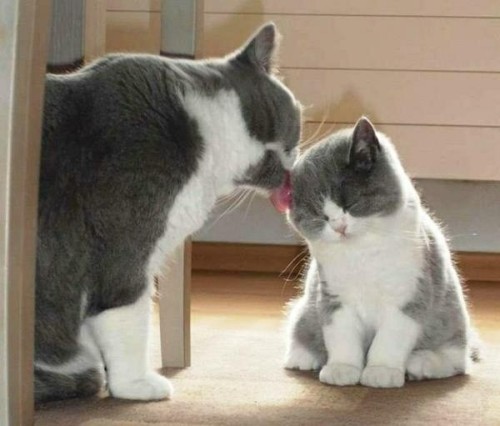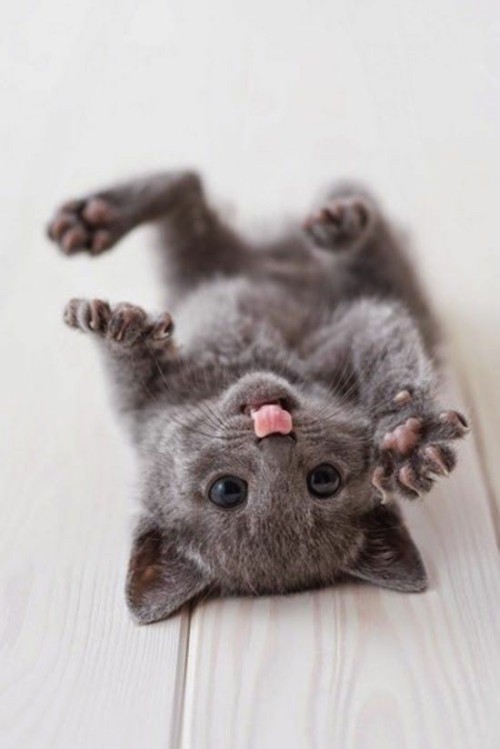#baby animals
The serval is a medium-sized African cat closely related to the African golden cat and the caracal. As part of its adaptations for hunting in the savannas, the serval boasts long legs (the longest of all cats, relative to body size) for jumping and it has large ears for acute hearing.
Post link
Marmosets are New World monkeys, which means they have prehensile tails and are dichromatic (they see only two colors). Old World monkeys like chimps, gorillas, and orangutans are trichromatic and can see in “full” color like humans. Marmosets live in the upper tree canopies of South American rainforests and eat insects, fruit, and leaves. Their long lower incisors help them chew holes in tree trunks to access carbohydrate-rich tree sap. Marmosets lives in large family groups and females commonly give birth to fraternal twins.
Post link
As their name implies, Arctic foxes live in the cold northern latitudes. Their white winter coats are the most familiar, but their fur is actually brown in the summer, which blends in better with the bare, rocky tundra. Arctic foxes have a very low surface area to volume ratio (they are very round) to help them conserve heat. They eat almost anything they can find, including lemmings, voles, fish, eggs, carrion, and berries.
Post link
The aardwolf is a small relative of the hyena and lives in East and Southern Africa. Because aardwolves eat termites and other insects, they have sticky tongues and specialized teeth. Aardwolves are nocturnal and live as monogamous pairs in underground burrows.
Post link
This is takin “kid”, or goat-antelope, is native to Tibet and the northern provinces of China. The takin is classified as vulnerable and inhabits the same bamboo forests as the giant panda. Its large, moose-like snout (more pronounced in adults) contains vast sinus cavities to warm and moisten the frigid mountain air before it gets to the sensitive lungs. This process prevents them from losing body heat while breathing.
Post link
This baby fennec fox is a small, nocturnal fox that lives in the Sahara desert in North Africa (even the adults are adorable with their giant ears). It digs burrows in the desert and its big ears have a high surface area to dissipate heat. Fennec foxes are one of the few social mammals that form lifelong monogamous pairs. Antoine de Saint-Exupéry, the French aviator and author of Le Petit Prince, supposedly kept a pet fennec fox.
(Look up your state’s regulations on owning exotic animals to see if your dreams have been crushed)
Post link
Black rhinos are critically endangered on the savannas of southwestern Africa and one black rhino subspecies is already extinct. Rhino horns are made of keratin, the same protein that makes your fingernails. They are extremely valuable on the black market (a ounce of rhino horn is worth more than an ounce of gold), for their uses in Eastern medicine and Middle Eastern ceremonial daggers.
Post link
Though you may have seen these rabbit-mouse furballs at your local Petco, chinchillas are originally from the Andes mountains in South America. Chinchillas are hypoallergenic and they take dust baths to clean their fur (a wet chinchilla must be dried immediately with towels because their dense fur prevents air-drying and therefore makes them susceptible to fungal infections). They can jump up to 6ft and require extensive exercise in captivity.
Post link
This “coffee weasel” or the Asian Palm Civet helps produce some of the world’s fanciest coffee–at about $100 a cup in some countries. The civet eats the coffee cherries and enzymes in its stomach partially break down the coffee beans, thereby “adding aroma and flavor”. The partially digested beans are then harvested from its poop and made into coffee.
Civets also produced the original “musk” scent for the first perfumes, including Chanel No. 5, though artificial musk substitutes are used today. They are sometimes kept as pets in parts of Southeast Asia.
Post link
The addax is a critically endangered antelope that is common in captivity but very rare in its natural environment, the Sahara desert. Less than 500 individuals are thought to exist in the wild today. Addax have white coats that help reflect the sun’s rays and they get most of their moisture from the grasses they eat and the dew that condense on the leaves.
Post link
Also known as the “flying lemur,” these large tree-dwellers live in the rainforests of Southeast Asia. They are nocturnal and eat leaves, shoots, and flowers. To protect and transport a baby colugo, the mother curls her tail up to form a quasi-pouch.
Post link
Pronounced “foo-sa”, this cat/dog-like animal is actually a close relative of the mongoose. It lives in Madagascar and eats lemurs.
Post link
Brazilian tapir
Spots and stripes are found only on baby tapirs; adults are a uniform brown/gray. Like their name suggests, Brazilian tapirs live in South America and are endangered.
Post link
Pigmy hippos are native to the forests and swamps of West Africa and are endangered in the wild. Like their larger, more common relatives, pigmy hippos produce pink breast milk.
Post link
A baby elephant at Boras Zoo in Sweden chases birds, falls on his front and runs to his mom!
Play is an important part of many species’ childhood. It teaches them basic skills important for later survival like agility, hunting, and sparring while in the relative safety of friends or relatives. This baby elephant definitely got out of his comfort zone by reaching out to another species!




